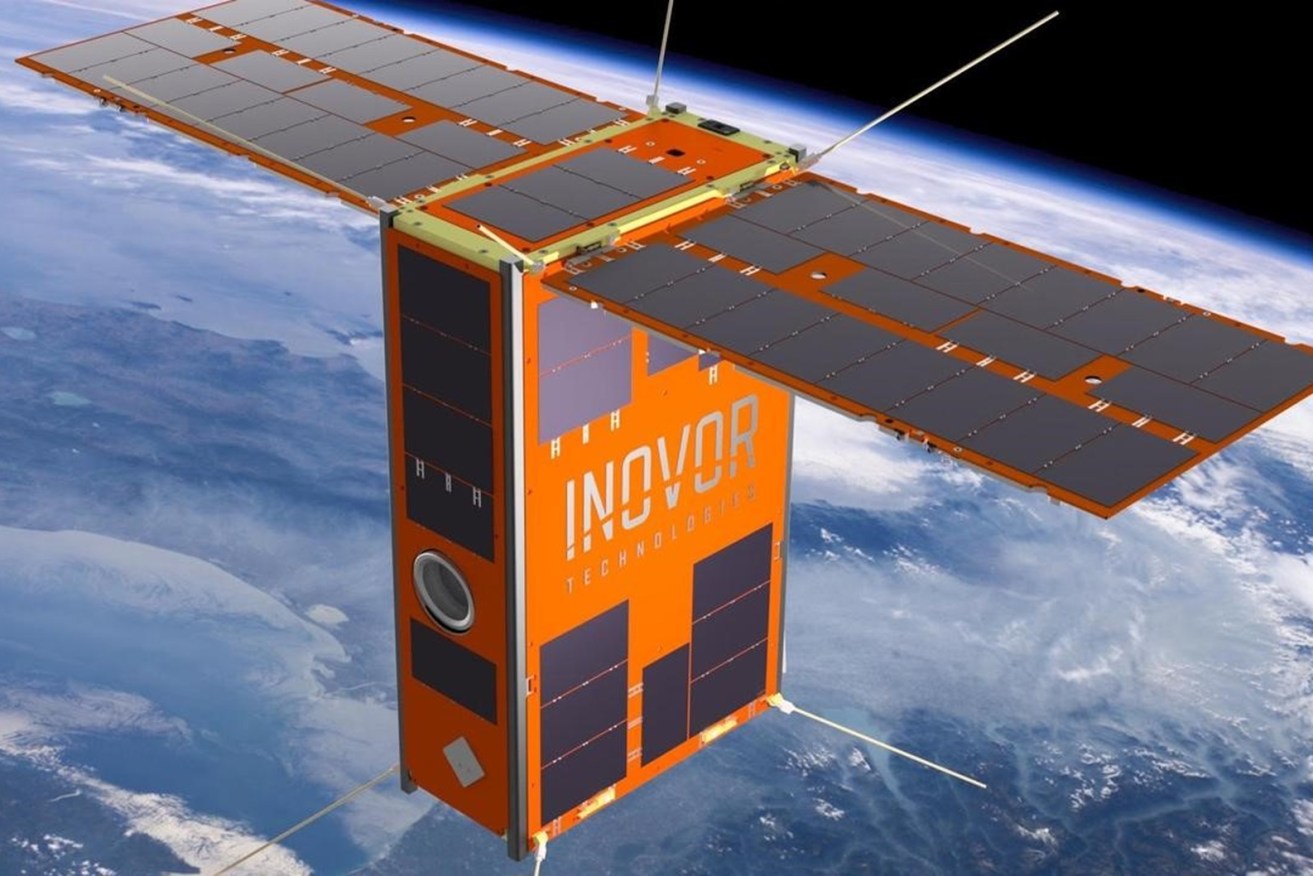Space projects’ funding confirmed in budget
The federal government is to spend about $1.2 billion for locally made satellite development and construction as part of its commitment to the space industry sector.

An image of South Australia's first satellite, Kanyini. Image supplied
The funding was confirmed in last night’s budget, and comes on the heels of dual announcements about Australian satellite delivery and an Adelaide satellite proof of concept.
The federal budget’s new satellite project is designed to provide an economic support structure for local space industries – some 100 of which will be involved – as well as provide earth observation as part of the nation’s critical infrastructure.
The 14th Australian Space Forum in Adelaide yesterday of plans for the new satellites.
“In the coming months, we’re going to see some of the most sophisticated satellites we’ve launched as a nation into space”, the head of the Australian Space Agency, Enrico Palermo, told the crowd of industry, academic and defence delegates.
SpaceX in December has been booked to deliver a 300-kilogram satellite, the largest ever Australian manufactured payload to go into space.
The launch of five small satellites totalling 300kg is a proof of concept mission. Skykraft aims to establish a constellation capable of monitoring and relaying aircraft location data. This space-based air traffic management system will eliminate commercial flight tracking over “blind spots” such as remote parts of Australia and oceans.
The Skykraft constellation, which it is hoped will ultimately comprise 210 satellites, is designed and manufactured in Australia and uses local supply chains.
The SA Government’s flagship space project, Kanyini, being developed by Adelaide-based space networking company Myriota, has secured space aboard a SpaceX Transporter mission now scheduled for early next year.
The 12kg CubeSat will orbit 500km above the Earth. It will carry an Internet of Things (IoT) data relay system and a newly developed ‘hyperspectral’ camera.
“Kanyini will provide access to critical data anywhere and everywhere it’s needed to help improve and monitor water quality, crop health and bushfire resilience,” Myriota co-founder Dr David Haley said.
It’s a demonstration project collaboration between Myriota, SA-based satellite constructor Inovor Technologies, and the SmartSat Cooperative Research Centre.
SmartSat CEO Professor Andy Koronios says the new camera would gather real-time data to assist bushfire preparations and firefighting. It will be used to monitor fuel loads in eucalypt bushland and sense soil moisture levels. “Other real-world applications of the data collected by Kanyini include satellite image-based smoke detection for bushfire mitigation and monitoring inland and coastal water qualities.”
Kanyini is a Pitjantjatjara term for the “principle of responsibility and unconditional love for all of creation.
Skykraft is one of the first products from the Australian space industry’s incubator efforts, having been spun out of the University of New South Wales in 2017.
Barring technical or weather delays, the Skykraft launch will cap off a successful year for Australia’s embryonic space industry.
A Skykraft Block II satellite model has been installed at the Australian Space Discovery Centre.
This story was first published in Cosmos Science Journal




